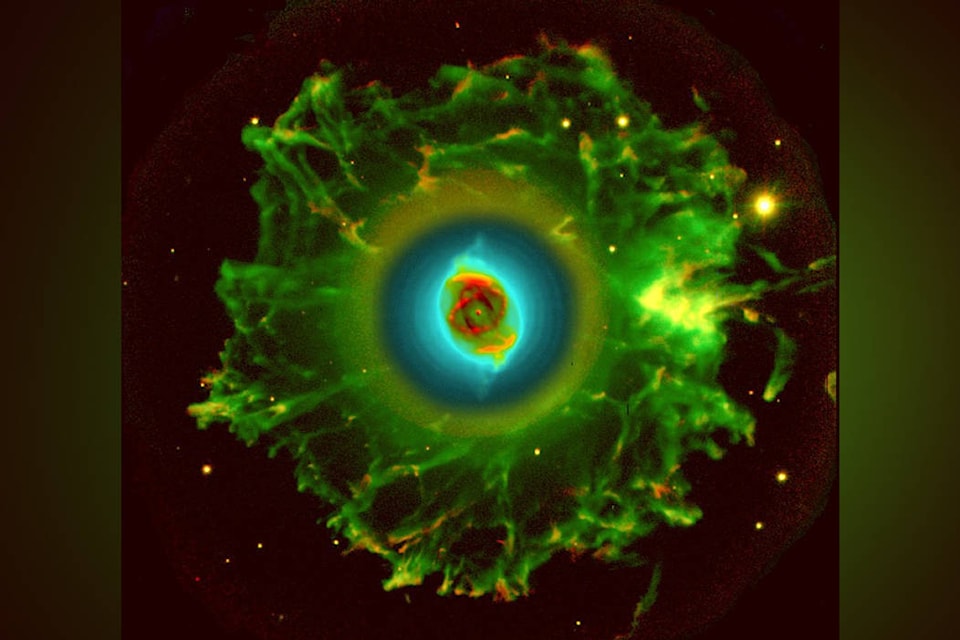All stars die, but they go out in blazes of glory.
Nanaimo Astronomy Society will hear some local expertise about the ultimate outcome for our sun and solar system at the society’s upcoming April meeting.
Gail Conway, this month’s feature guest speaker, will present The Fate of Our Sun: A Study of Planetary Nebulae on April 26 at the Beban Park social centre.
All suns will die, including ours, but it will take a while. About 4.5 billion years from now our sun will end its life as a small, extremely dense object, but not before its outer layers expand to become a planetary nebula, a huge glowing cloud of dust and gas around our aged star. Planetary nebulae are considered among the most beautiful structures in the universe.
Conway holds a bachelor degree in physics from the University of Montana, a masters degree in astronomy from San Diego State University and completed her coursework toward a Ph.D. in astrophysics at the University of Calgary.
Her interest in planetary nebulae began at the University of Illinois while studying X-ray emissions from the objects. Her studies expanded to include their infrared and visible light emissions.
Conway now works with teenagers at the Discover Montessori School in Nanaimo, but continues her interest in astronomy and sharing her knowledge with others. Conway has presented to the Cowichan Star Finders, Table Mountain Star Parties in Duncan and Washington State and was one of six panelists who shared their experiences of last summer’s Great North American Eclipse of the Sun at the Nanaimo Astronomy Society’s September monthly meeting.
She will explain how scientists’ understanding of the objects has evolved since French astronomer Charles Messier made the first discovery of a planetary nebula in 1764.
According to Encyclopedia Britannica, there are an estimated 20,000 planetary nebulae in the Milky Way galaxy, but just 1,800 have been catalogued.
The April 26 meeting starts at 7 p.m. The first meeting is free to attend and after that, members of the public are encouraged to join the Nanaimo Astronomy Society.
photos@nanaimobulletin.com
Like us on Facebook and follow us on Twitter
